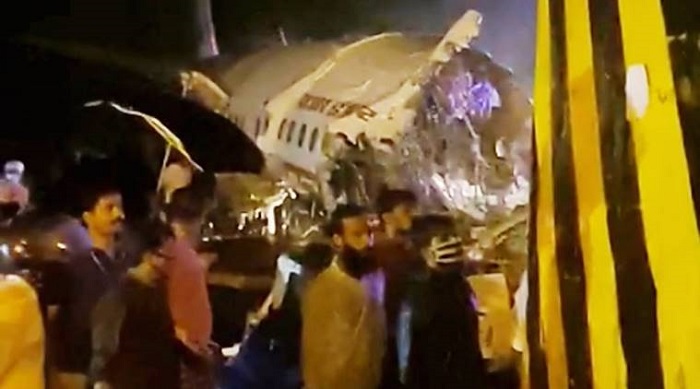New Delhi, MAY 26: On the fourth anniversary of his government, Prime Minister Narendra Modi today listed its achievements, saying that over the last four years, development had become a "vibrant mass movement".
"On this day in 2014, we began our journey of working towards India's transformation," he wrote on Twitter.
"Over the last four years, development had become a vibrant mass movement, with every citizen feeling involved in India's growth trajectory. 125 crore Indians are taking India to great heights," he said.
With the hashtag "saaf niyat, sahi vikas", Modi also posted a series of charts, graphics and video to underline the achievements of his government.
For us, it is always India First.
With the best intent and complete integrity, we have taken futuristic and people-friendly decisions that are laying the foundations of a New India. #SaafNiyatSahiVikas pic.twitter.com/xyYx6KFIv3
— Narendra Modi (@narendramodi) May 26, 2018
"I bow to my fellow citizens for their unwavering faith in our government. This support and affection is the biggest source of motivation and strength for the entire government," he tweeted.
The prime minister stressed that his government would continue to serve the people "with the same vigour and dedication".
"For us, it is always India First," he wrote.
Modi said with complete integrity and the best intent, his government had taken "futuristic and people-friendly decisions" that were laying the foundations of a new India.






Comments
Dear Modiji all your new deveopment programmes in 4years are well known to all killing dalits and minoritys in the name of go rakshak,looting poor by demonitisation,creating hate between community,safe gaurding Malya Nirab adani and Ambani.You bought ACHEDIN to these people,for common man you do nothing except hiring them to your rallies.Modiji 2019 is different than 2014 dont day dream.
Add new comment